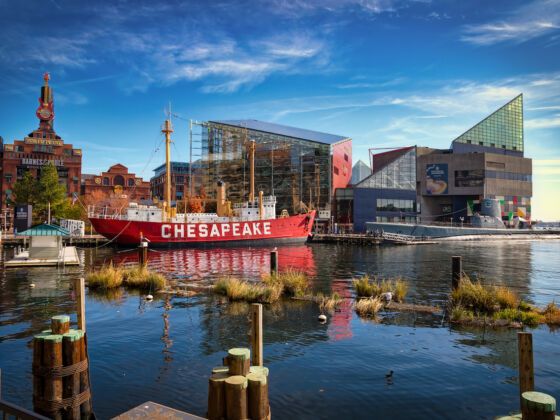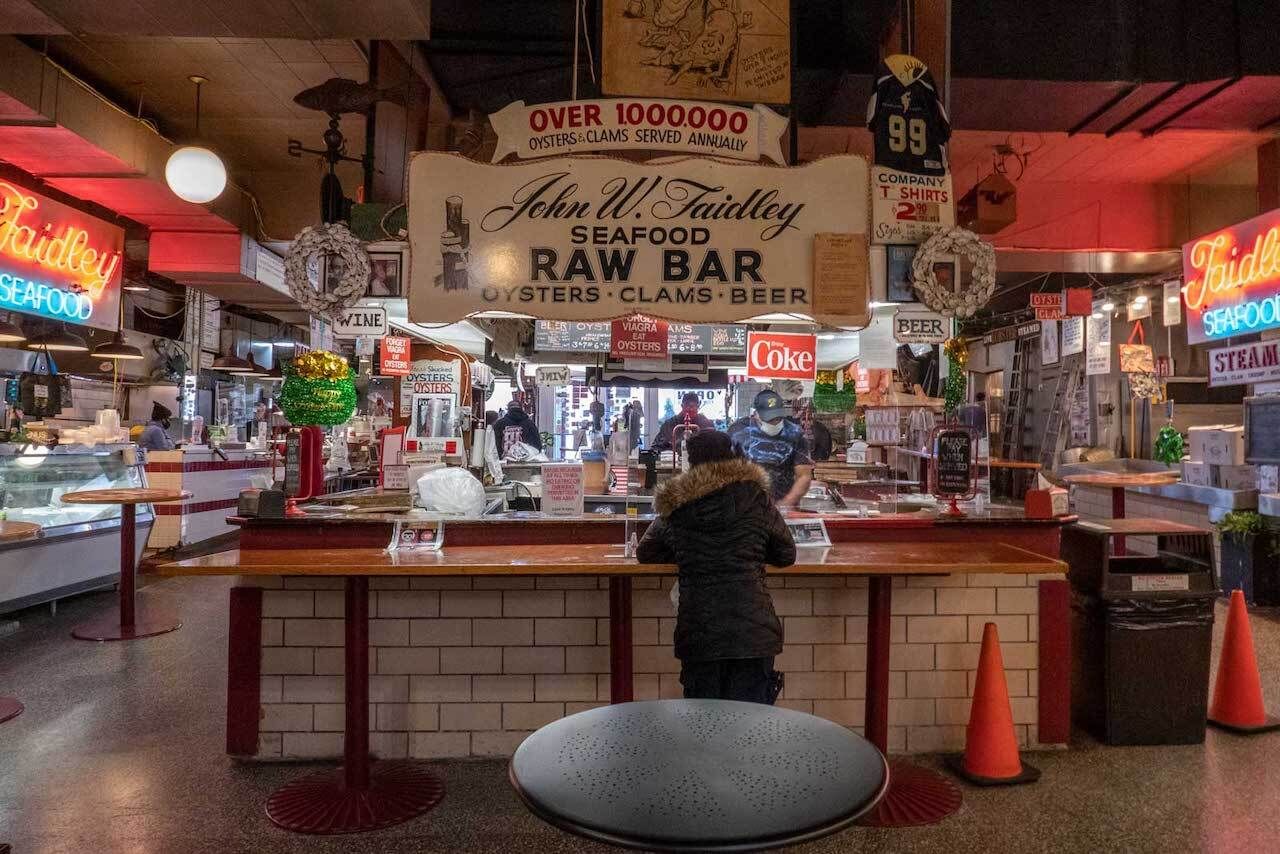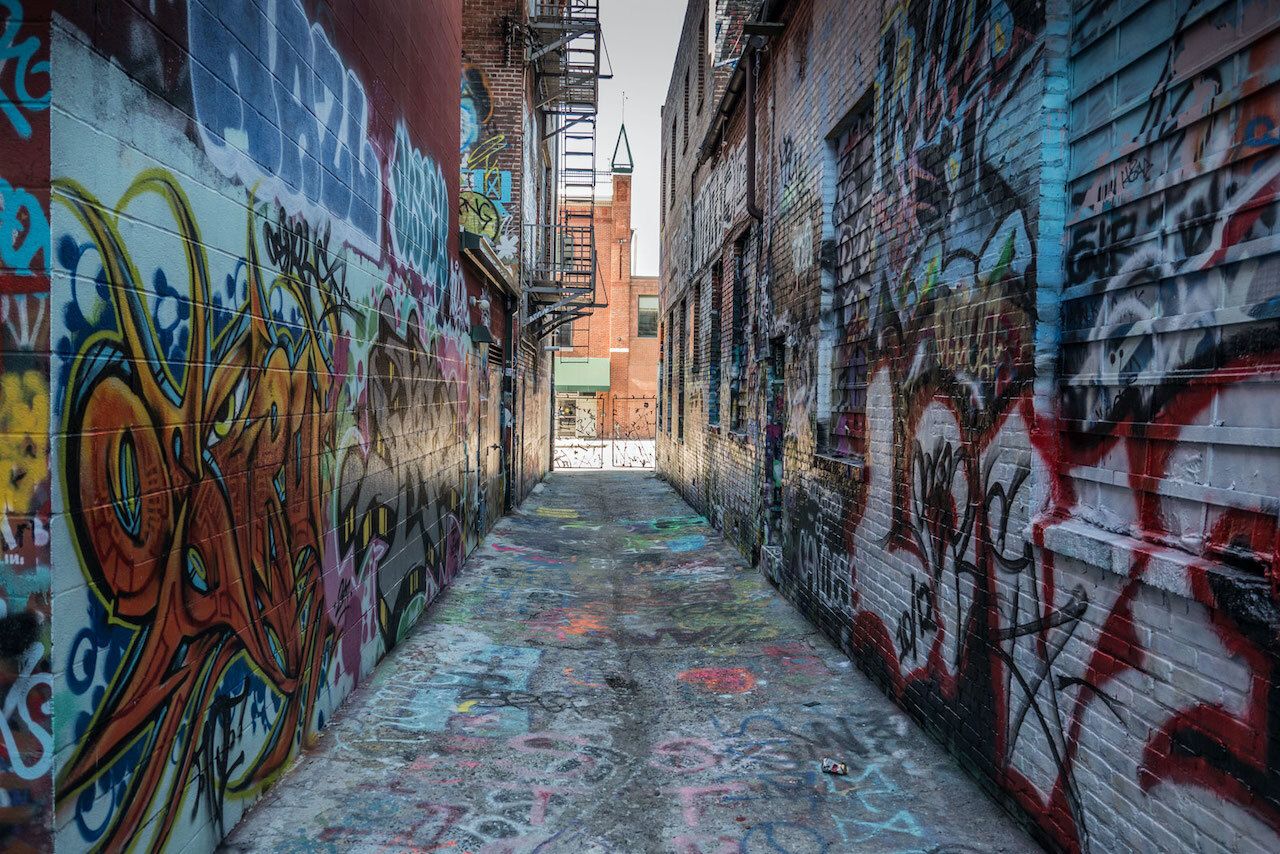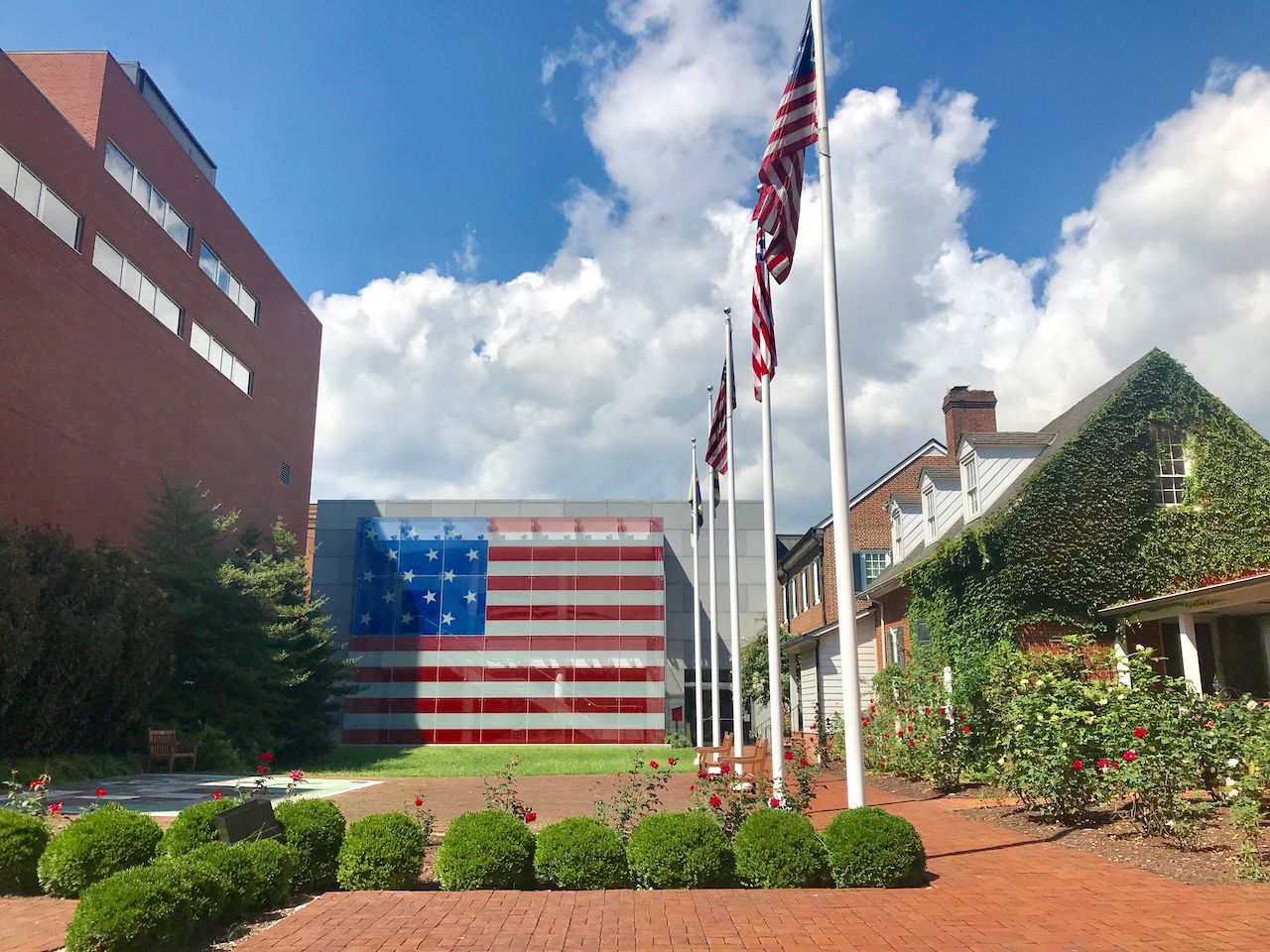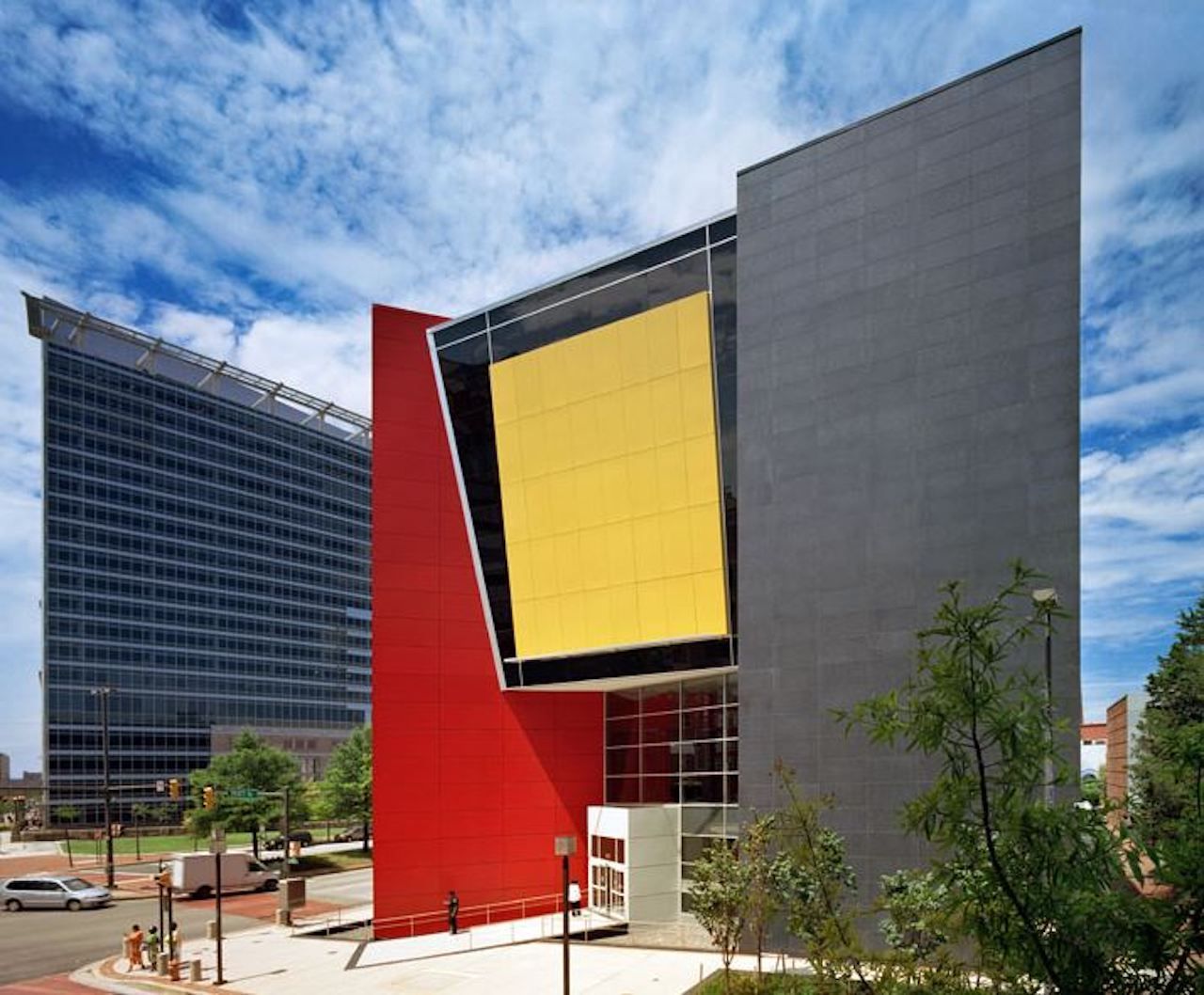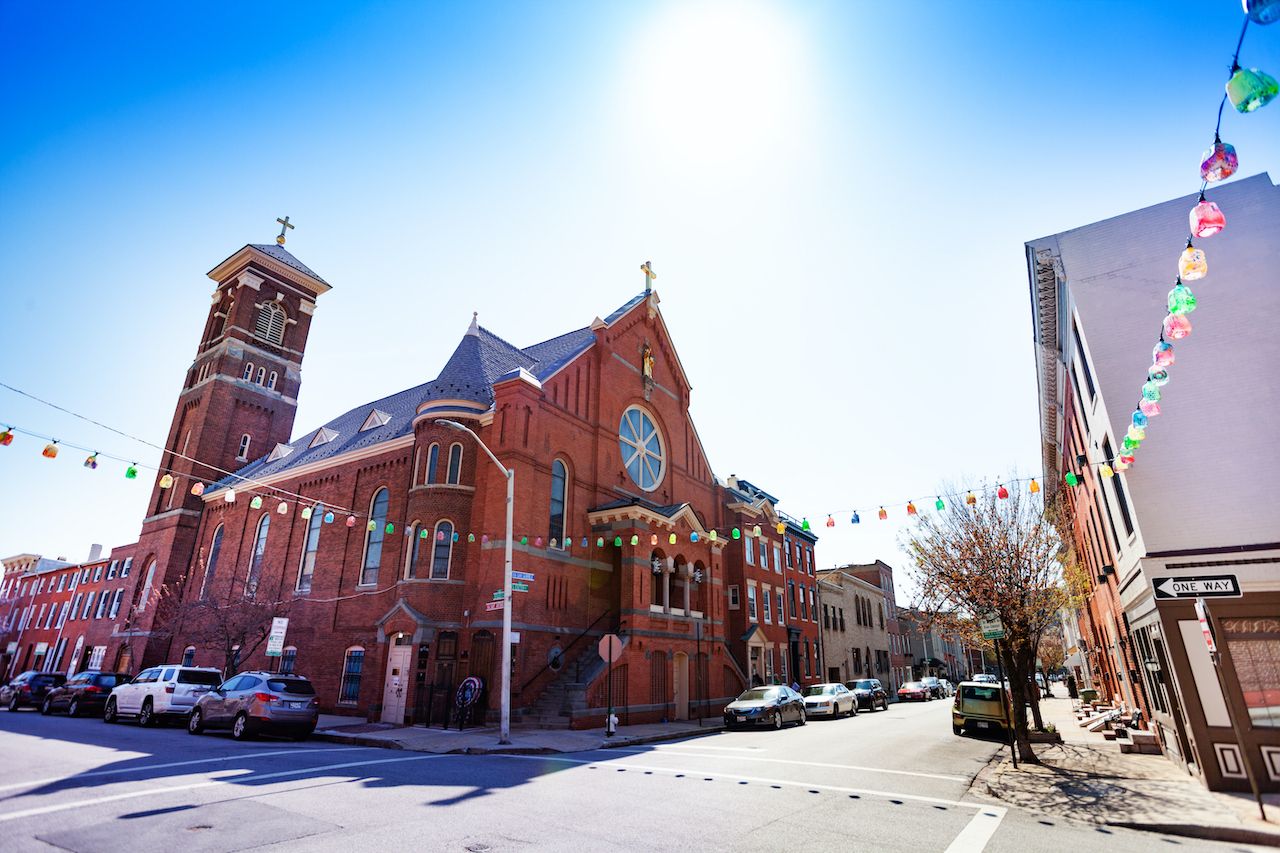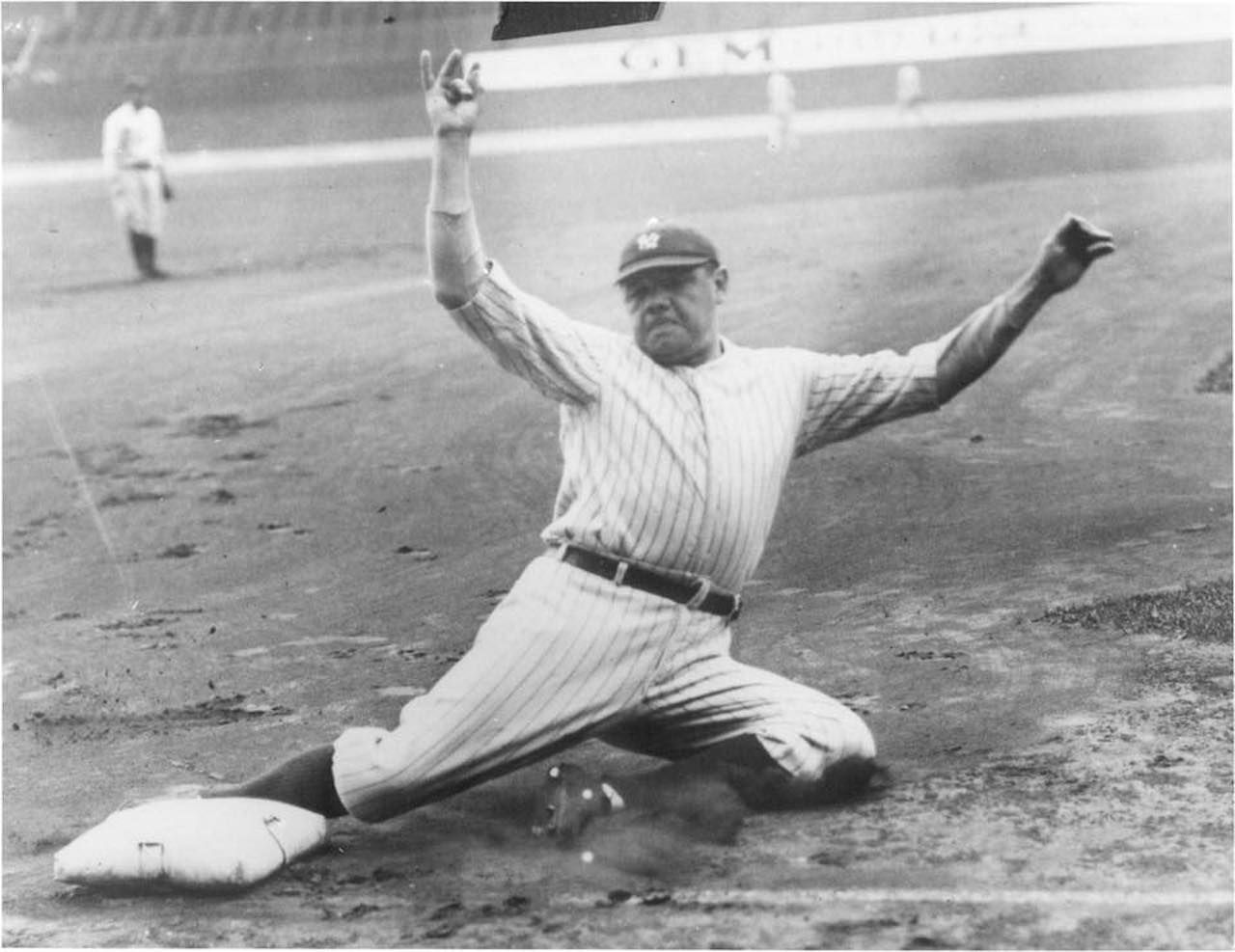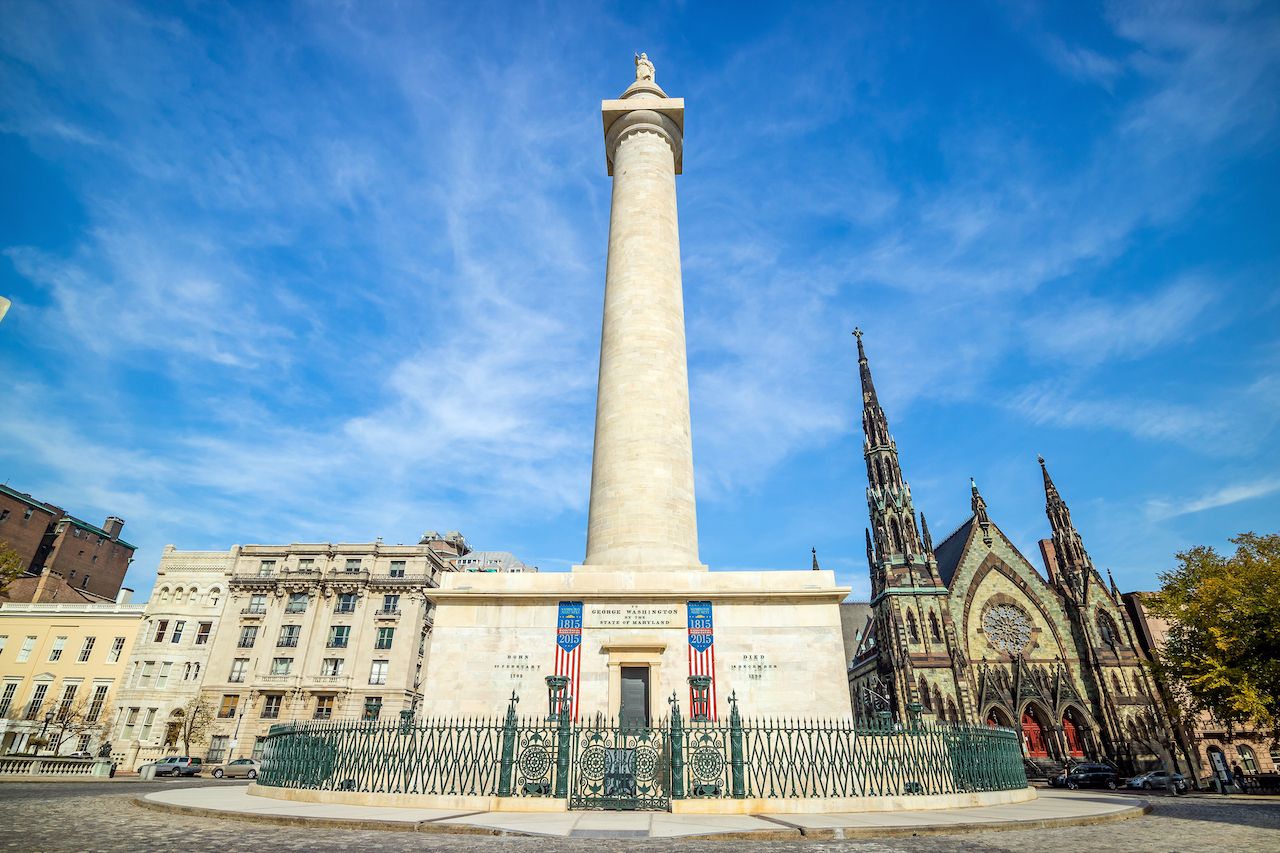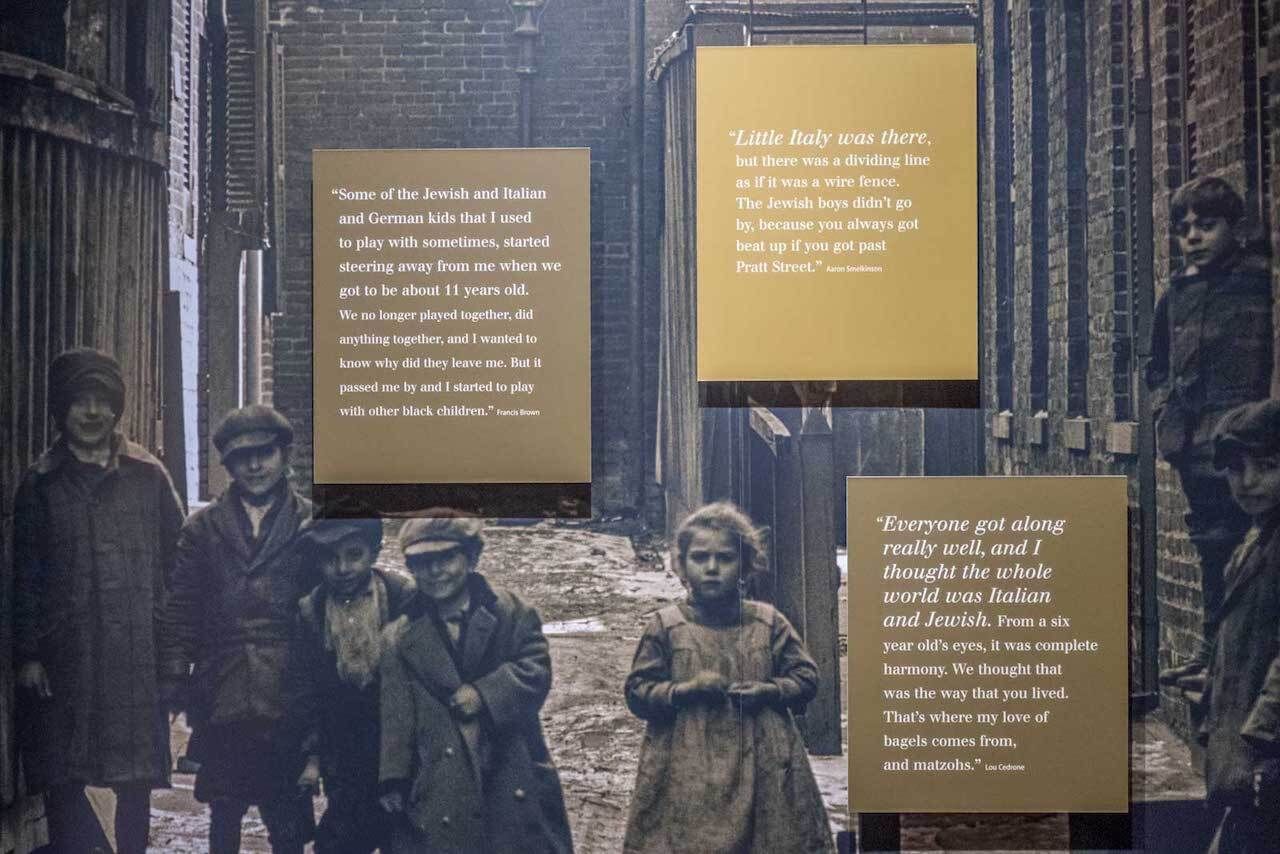In Baltimore, the Light Raillink and Metro Subwaylink operate a total of four lines with service to a combined 47 stations. The light rail runs above ground while the subway is mostly subterranean. Both are run by the Maryland Transit Administration. Together, they serve more than 20 million passengers annually, yet most visitors to the city don’t even know it exists, or how to utilize it on their trip.
Many of Baltimore’s main attractions are conveniently located near a light rail or subway station, making them easy for tourists to check out even if they don’t have a car. Here are nine Baltimore attractions you can easily visit by using public transportation.
